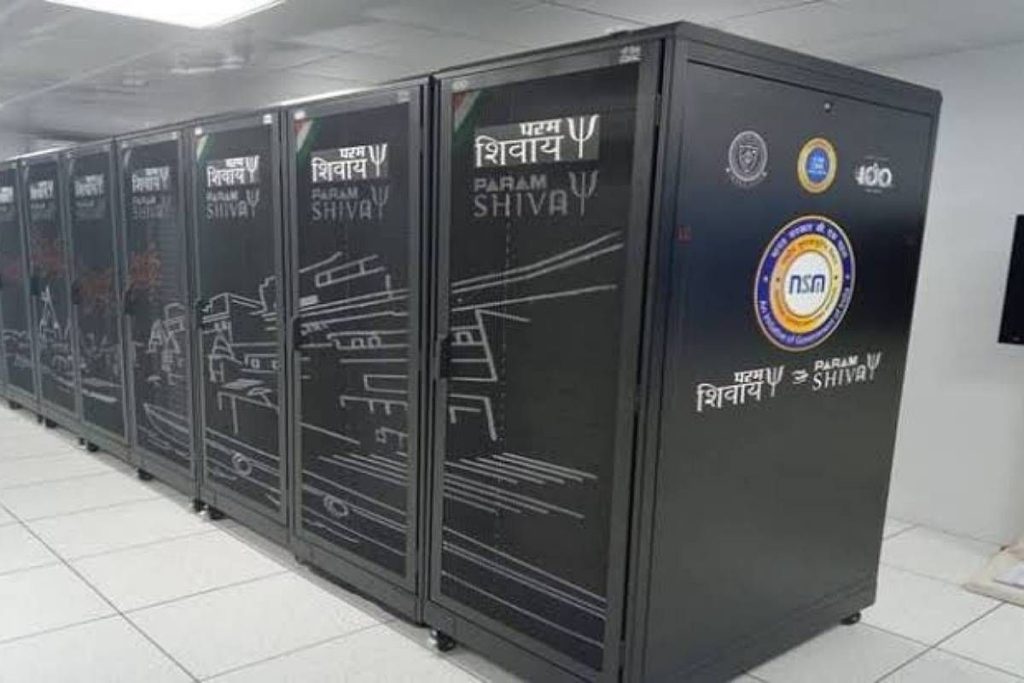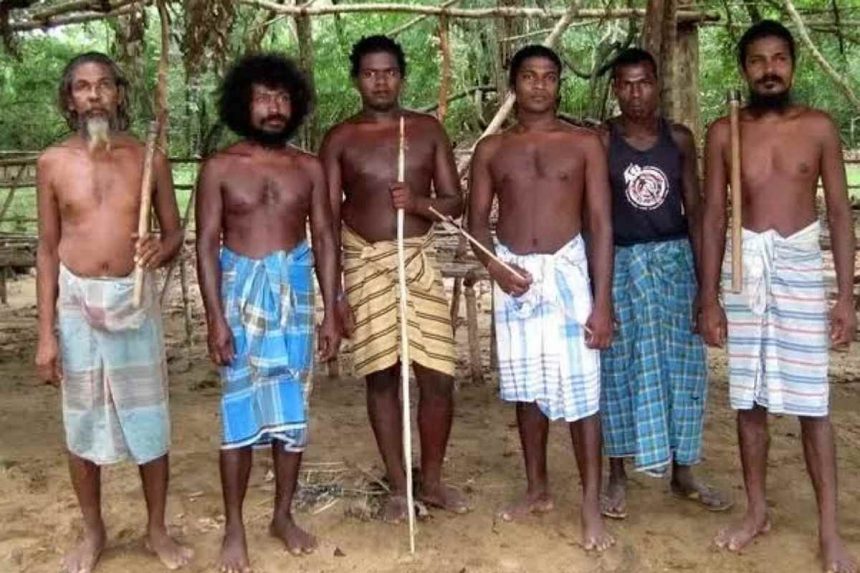Recent findings, spotlighted by research utilizing the Param Shivay supercomputer at Banaras Hindu University, have been documented in the prestigious ‘Mitochondrian’ journal. This collaborative effort involved ten genetic experts from five leading Indian institutions, including BHU and the University of Colombo.
The study indicates that the Vedda population, initially estimated at 2,500 individuals, experienced a significant increase around 35,000 years ago, peaking at 600,000 by 25,000 years ago. Presently, the Vedda community numbers around 10,000, living with minimal external contact, focusing on subsistence through hunting and gathering.

BHU’s genetic researchers conducted an extensive analysis of 500,000 genetic mutations and 37 mitochondrial genomes, with the Param Shivay supercomputer playing a pivotal role in processing this vast dataset. The supercomputer’s DNA analysis traced the Vedda population’s historical fluctuations, graphically represented through a comprehensive histogram.
Anjana Velikal, a researcher from Sri Lanka, facilitated the study by bringing Vedda genetic samples to BHU, where Professor Gyaneshwar Chaube of the Zoology Department conducted the analysis, uncovering the genetic ties to India.
The supercomputer’s efficiency was demonstrated by its ability to process DNA data in just one hour—a task that would typically take 24 hours—revealing the Vedda’s initial arrival in Sri Lanka and their subsequent population growth.
The Vedda’s population decline is attributed to the influence of Sinhalese and Tamil migrations to Sri Lanka, leaving a mere 10,000 individuals today, who reside in forested areas near the coast, sustaining themselves through hunting practices.
Professor Chaube linked the population boom to the Microlithic era when the Vedda adopted advanced hunting tools like bows and arrows, leading to a surge in population growth due to improved hunting efficiency.
The study’s key revelation is the genetic correlation between the Vedda language and Indian tribal languages, despite linguistic variances. Autosomal mutation analysis confirms the genetic affinity between the Vedda and Indian tribes.
Highlighting the threat to the Vedda’s survival, Professor Chaube urges governmental intervention to safeguard this community, which embodies Sri Lanka’s earliest settlers and a heritage of immense value.
Dr. Sachin Tiwari, an archaeologist at BHU, elaborated on the Microlithic industry’s inception around 45,000 years ago, noting the high silica content in the stones used during this period and the evidence of rock art depicting the crafting of small stone tools.
Anjana Velikal emphasized the genetic connections across Indian castes and tribes, challenging the isolation-by-distance model and underscoring the Vedda’s unique demographic history.
Dr. K. Thangaraj and Dr. Ruwandi Ransinghe affirmed the Vedda’s status as Sri Lanka’s original inhabitants, with mitochondrial DNA analysis establishing an ancient Indo-Sri Lankan link.
Shailesh from Gyan Lab highlighted the Param Shivay supercomputer’s Linux-based operation and its remarkable data processing capabilities, while Prajjwal Pratap Singh noted the Vedda’s stronger genetic ties to Indian tribes compared to the Sinhalese and Tamil populations of Sri Lanka.

